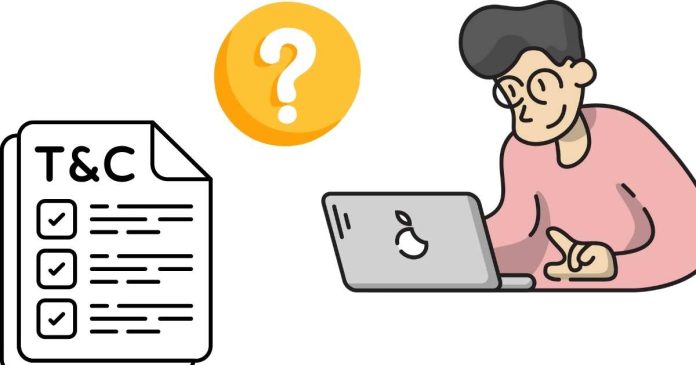The term “wrapper” is used in various contexts, primarily in technology and programming, to describe something that “wraps” around another entity to provide additional functionality, simplify usage, or adapt it for a specific purpose. Here’s where and how it’s commonly used:
1. In Programming
Function Wrapper: A function that adds extra behavior to an existing function without modifying its code (e.g., decorators in Python).
Class Wrapper: A class that encapsulates another object or class to extend or modify its behavior.
Library/API Wrapper: A layer that simplifies the interaction with a library or API, providing a more user-friendly interface.
2. In Software Development
Wrapper Scripts: Scripts that execute other commands or programs, often adding pre- or post-processing steps.
Wrapper Libraries: Libraries that provide a simplified interface to another, more complex library or system. For example, database wrappers simplify database queries.
3. In Web Development
HTML/CSS Wrapper: A container element (like a <div>) used to group other elements for styling or layout purposes.
API Wrappers: Middleware that adds additional features like authentication or logging to an API.
4. In General Usage
Physical Wrappers: Packaging that encloses an item, like a candy wrapper or a gift wrap.
Conceptual Wrappers: Used metaphorically to describe anything that encompasses or enhances something else.
In all these contexts, a “wrapper” is essentially a tool or structure that surrounds something to provide additional functionality, usability, or context.


